CNC turning and milling are two of the most commonly used machining processes in the manufacturing industry. These processes allow for the creation of high-precision parts and components with a high degree of accuracy and consistency.This document provides all you need to know about cnc turning and cnc milling
what is cnc turning and milling?
CNC turning and CNC milling are two types of machining processes used to create complex parts and components from a variety of materials. CNC machines are equipped with computerized controls and can be programmed to perform precise and intricate cuts with high accuracy and speed.
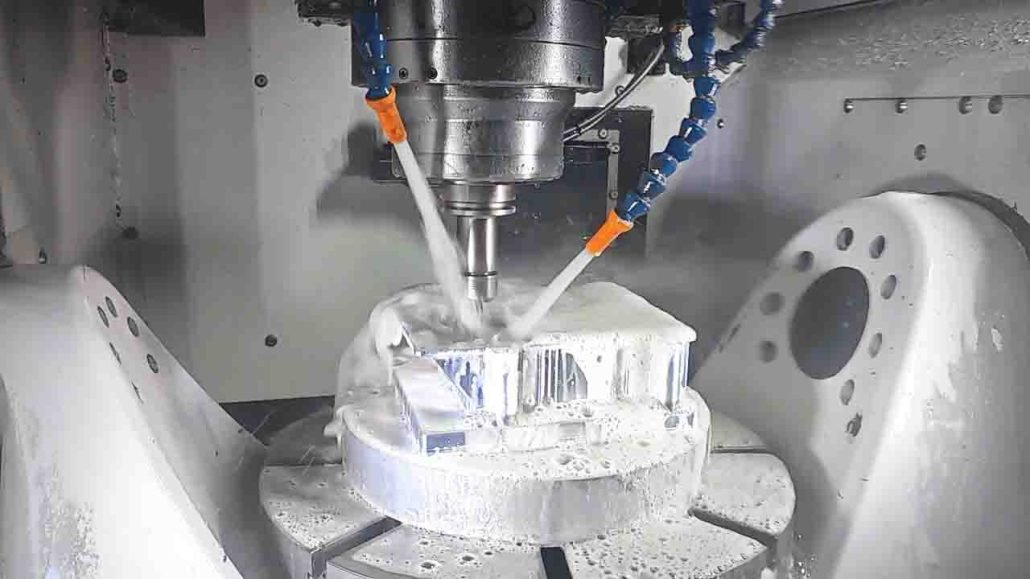
CNC Turning
CNC turning is a process that involves rotating a workpiece while a cutting tool removes material from the surface of the workpiece. The cutting tool remains stationary while the workpiece rotates, allowing for precise cuts to be made. CNC turning is commonly used to create cylindrical parts, such as shafts or rods, and is often used in the production of components for the automotive, aerospace, and medical industries.
CNC Milling
CNC milling is a process that involves removing material from a workpiece using a rotating cutting tool that moves along multiple axes. The cutting tool can be moved in three or more directions to create complex shapes and designs. CNC milling is commonly used to create parts with intricate features, such as gears or complex molds, and is often used in the production of components for the electronics, aerospace, and medical industries.
Overall, CNC turning and milling are essential processes in modern manufacturing and have greatly improved the efficiency and accuracy of producing complex parts and components.
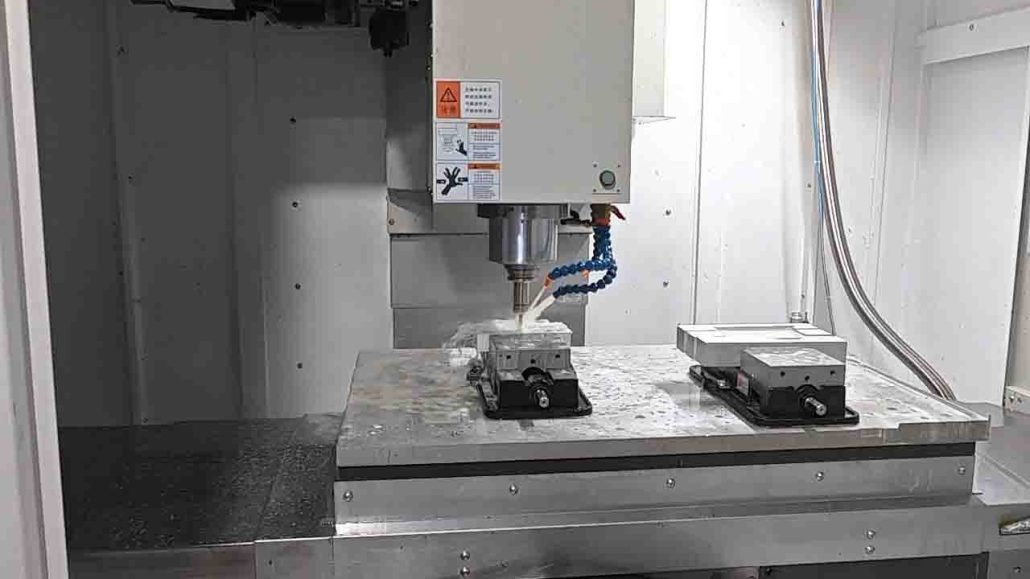
what is the difference between cnc milling and turning?
CNC milling and turning are two of the most common machining processes used in manufacturing. While they share some similarities, there are significant differences between the two.
CNC milling is a process that uses a rotating cutting tool to remove material from a solid block of raw material, such as metal or plastic. The cutting tool moves along multiple axes to create complex shapes and designs. The milling machine can also be programmed to create pockets, holes, and slots in the workpiece. It is ideal for creating parts with complex geometries and requires a high degree of precision.
CNC turning, on the other hand, is a process that uses a single-point cutting tool to remove material from a rotating workpiece. The workpiece is typically held in a chuck and rotated while the cutting tool moves along the X and Z axes. The result is a cylindrical shape. CNC turning is ideal for creating parts with symmetry, such as shafts, pins, and bushings.
The main difference between CNC milling and turning is the type of cutting tool used. In milling, the cutting tool rotates and moves along multiple axes, while in turning, the cutting tool remains stationary while the workpiece rotates. Milling is ideal for creating complex shapes and designs, while turning is better suited for creating cylindrical shapes with symmetry.
Both CNC milling and turning are important machining processes used in manufacturing. The choice of which process to use depends on the specific requirements of the part being created. If the part requires complex shapes and designs, then CNC milling is the ideal process to use. However, if the part requires cylindrical shapes with symmetry, such as shafts and pins, then CNC turning is the better process to use.
In conclusion, CNC milling and turning are crucial processes in manufacturing. They both have their unique advantages and disadvantages, and the choice of which one to use depends on the specific requirements of the part being created. By understanding the differences between these two processes, manufacturers can make informed decisions and create high-quality parts that meet the needs of their customers.
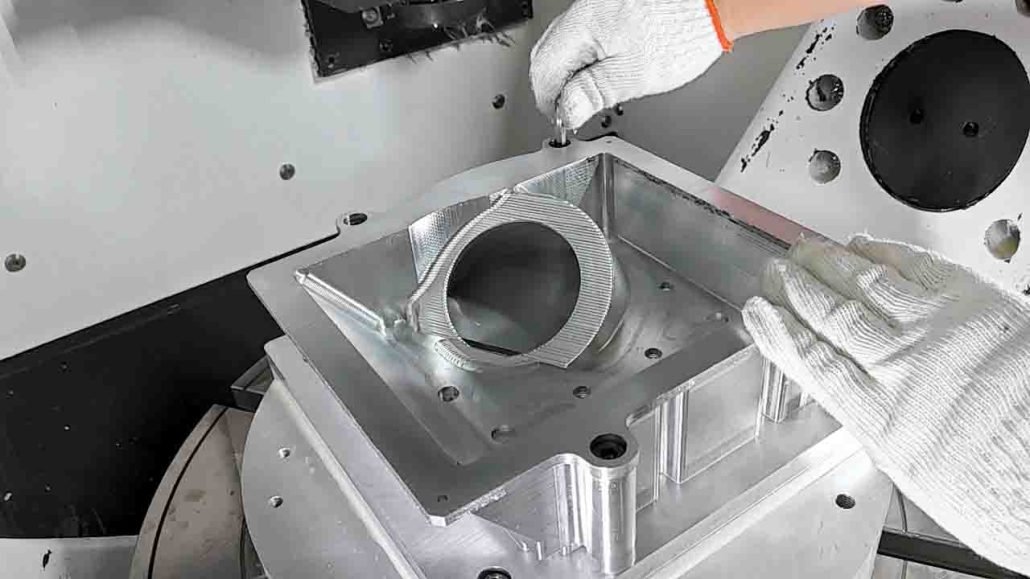
Advantages and disadvantages of cnc milling and turning
CNC Milling
Advantages
- Ideal for creating complex shapes and designs
- High degree of precision
- Can create pockets, holes, and slots in the workpiece
Disadvantages
- Higher cost compared to other machining processes
- Slower machining time compared to other processes
CNC Turning
Advantages
- Ideal for creating cylindrical shapes with symmetry, such as shafts and pins
- Faster machining time compared to milling
- Lower cost compared to milling
Disadvantages
- Limited to creating cylindrical shapes with symmetry
- Less precise compared to milling
In conclusion, both CNC milling and turning have their unique advantages and disadvantages. The choice of which process to use depends on the specific requirements of the part being created. If the part requires complex shapes and designs, then CNC milling is the ideal process to use. On the other hand, if the part requires cylindrical shapes with symmetry, such as shafts and pins, then CNC turning is the better process to use.
Applications of cnc milling and turning
CNC milling and turning are crucial processes in modern manufacturing that are widely used in various industries. The applications of these processes are diverse and range from creating small parts for electronic devices to larger components for aerospace or automotive applications. Both processes are commonly used for creating high-precision parts with complex geometries and shapes, such as turbine blades, engine components, and medical implants.
In the aerospace industry, CNC milling and turning are used to create various components such as structural parts, engine casings, and turbine blades. These components require high precision and complex geometries that can be easily achieved with CNC milling and turning. In the automotive industry, CNC milling and turning are used to create various components such as engine blocks, gears, and suspension parts. These components require precise machining to ensure they can withstand high stress and provide reliable performance.
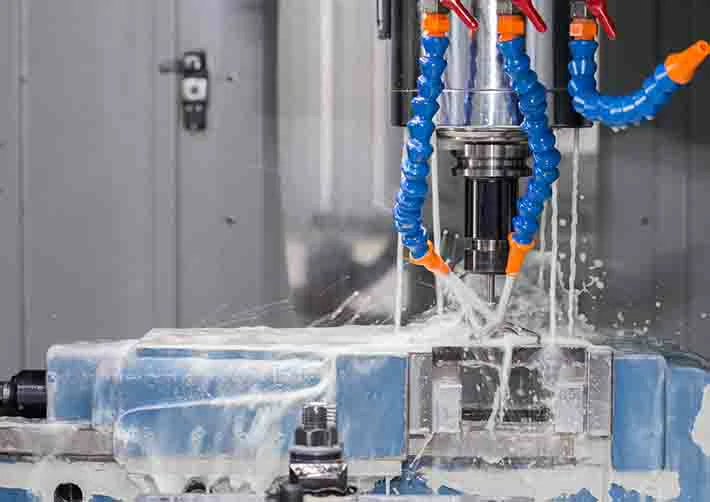
In the medical industry, CNC milling and turning are used to create various components such as orthopedic implants, prosthetics, and surgical instruments. These components require high precision and accuracy to ensure proper fit and function within the human body. In the electronics industry, CNC milling and turning are used to create various components such as computer parts, mobile phone components, and circuit boards. These components require precision machining to ensure they can function properly and reliably.
Moreover, CNC milling and turning can be used for creating prototypes and small production runs. This is particularly useful in the early stages of product development when testing and refinement are needed. Additionally, these processes can be used for creating molds and dies for injection molding and other manufacturing processes. This is because the CNC milling and turning processes can create complex shapes and geometries that are required for creating molds and dies with high precision and accuracy.
In conclusion, CNC milling and turning are crucial manufacturing processes that offer numerous advantages for creating high-precision parts with complex geometries and shapes. The applications of these processes are diverse and range from aerospace and automotive to medical and electronics. By understanding the unique advantages and disadvantages of these processes, manufacturers can make informed decisions and create high-quality parts that meet the needs of their customers.
cnc milling and turning machining methods
CNC milling and turning are two of the most common machining processes used in manufacturing. CNC milling is a process that uses a rotating cutting tool to remove material from a solid block of raw material, such as metal or plastic. The cutting tool moves along multiple axes to create complex shapes and designs. The milling machine can also be programmed to create pockets, holes, and slots in the workpiece. It is ideal for creating parts with complex geometries and requires a high degree of precision.
CNC turning, on the other hand, is a process that uses a single-point cutting tool to remove material from a rotating workpiece. The workpiece is typically held in a chuck and rotated while the cutting tool moves along the X and Z axes. The result is a cylindrical shape. CNC turning is ideal for creating parts with symmetry, such as shafts, pins, and bushings.
The main difference between CNC milling and turning is the type of cutting tool used. In milling, the cutting tool rotates and moves along multiple axes, while in turning, the cutting tool remains stationary while the workpiece rotates. Milling is ideal for creating complex shapes and designs, while turning is better suited for creating cylindrical shapes with symmetry.
Both CNC milling and turning have their unique advantages and disadvantages. The choice of which process to use depends on the specific requirements of the part being created. If the part requires complex shapes and designs, then CNC milling is the ideal process to use. On the other hand, if the part requires cylindrical shapes with symmetry, such as shafts and pins, then CNC turning is the better process to use.
In conclusion, CNC milling and turning are crucial manufacturing processes that offer numerous advantages for creating high-precision parts with complex geometries and shapes. By understanding the unique advantages and disadvantages of these processes, manufacturers can make informed decisions and create high-quality parts that meet the needs of their customers.
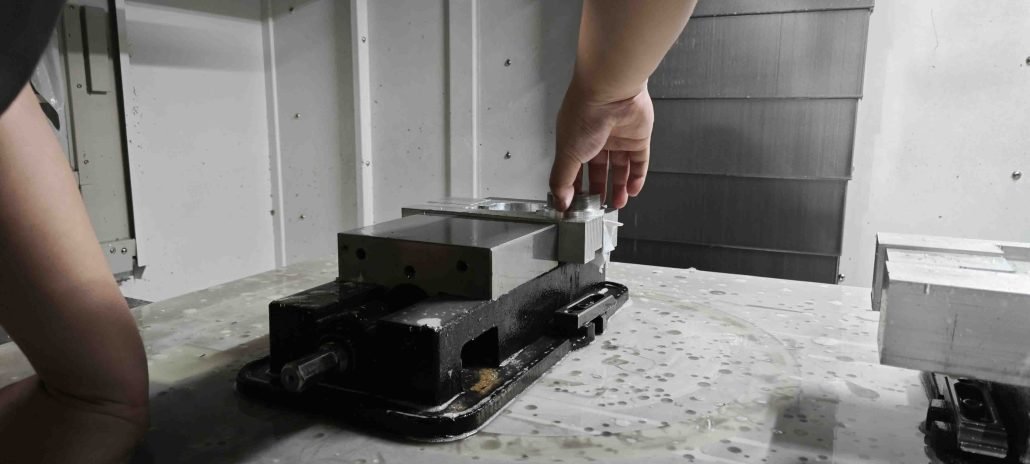
How to choose cnc milling machining and turning machining
When choosing between CNC milling machining and turning machining, it is important to consider the specific requirements of the part that you are creating. CNC milling and turning machining are two of the most common machining processes used in manufacturing. While both processes share some similarities, there are significant differences between them.
CNC milling machining is a process that uses a rotating cutting tool to remove material from a solid block of raw material, such as metal or plastic. The cutting tool moves along multiple axes to create complex shapes and designs. The milling machine can also be programmed to create pockets, holes, and slots in the workpiece. It is ideal for creating parts with complex geometries that require a high degree of precision.
On the other hand, CNC turning machining is a process that uses a single-point cutting tool to remove material from a rotating workpiece. The workpiece is typically held in a chuck and rotated while the cutting tool moves along the X and Z axes. The result is a cylindrical shape. CNC turning machining is ideal for creating parts with symmetry, such as shafts, pins, and bushings.
The main difference between CNC milling and turning machining is the type of cutting tool used. In milling, the cutting tool rotates and moves along multiple axes, while in turning, the cutting tool remains stationary while the workpiece rotates. Milling is ideal for creating complex shapes and designs, while turning is better suited for creating cylindrical shapes with symmetry.
In summary, choosing between CNC milling and turning machining depends on the specific requirements of the part being created. If the part requires complex shapes and designs, then CNC milling is the ideal process to use. On the other hand, if the part requires cylindrical shapes with symmetry, such as shafts and pins, then CNC turning is the better process to use. It is important to understand the unique advantages and disadvantages of each process in order to make an informed decision.


